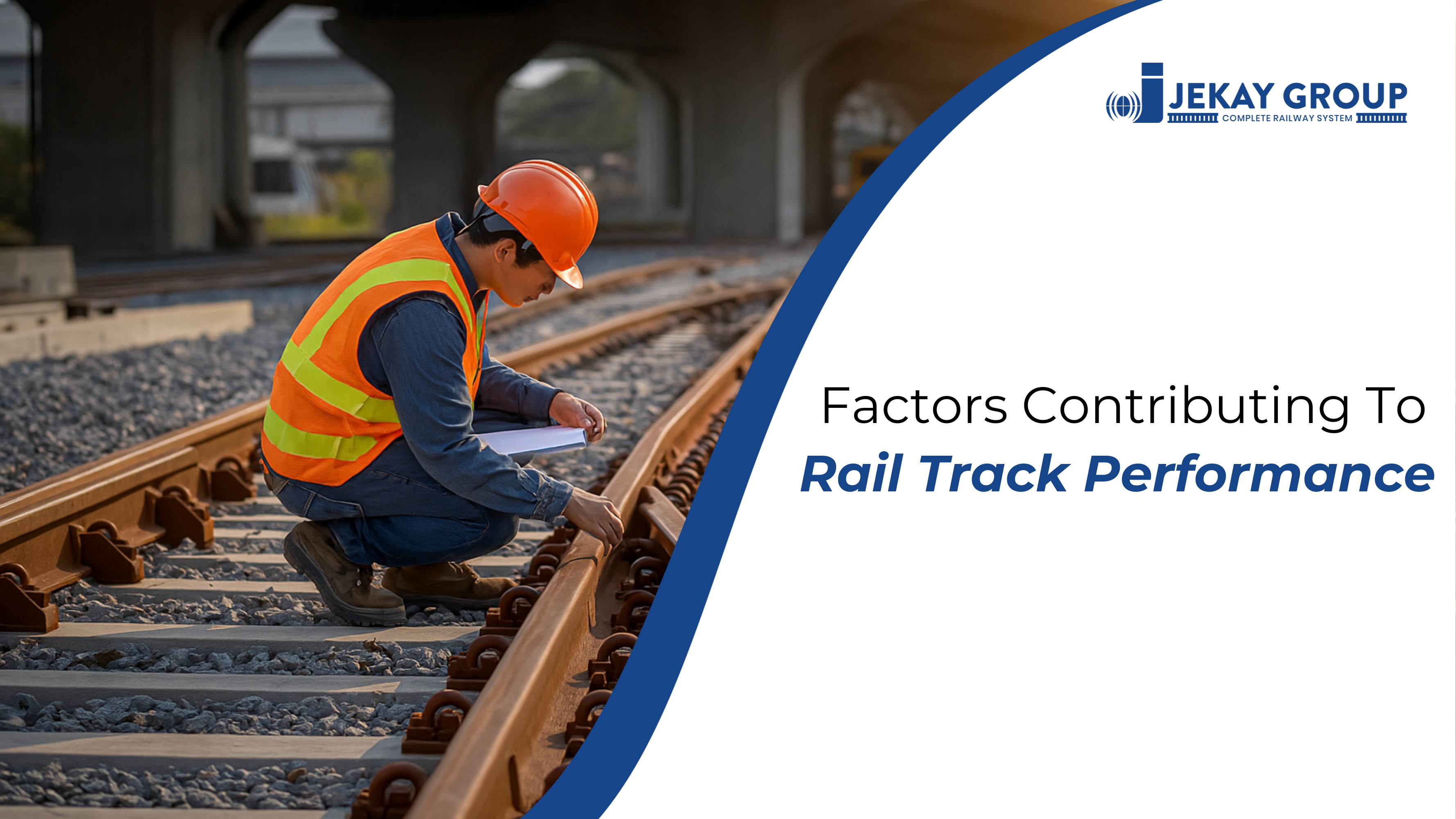Rail track efficiency is a captivating topic that intertwines engineering, technology, and strategic planning, forming the backbone of modern railways. As we delve into the factors influencing this efficiency, we will explore how they contribute to the seamless operation of rail systems, ultimately enhancing passenger and freight transport. This exploration is not just an academic exercise; it is a vital aspect of ensuring that railways remain competitive and sustainable in our ever-evolving transportation landscape.
Imagine a symphony where every rail component plays in perfect harmony. This analogy aptly captures the essence of railway efficiency. It is a complex interplay of various factors that, when optimized, lead to reduced operational costs, increased capacity, and enhanced environmental sustainability. Railway efficiency is an important topic worldwide for transportation ministers of fiscally strained governments and railway managers operating in competitive markets.
As we explore the intricacies of rail track efficiency, we will highlight how Jekay International’s innovative solutions are paving the way for advancements in railway infrastructure. By focusing on precision-engineered components and cutting-edge technology, Jekay is at the forefront of this vital industry.
Core Factors Driving Rail Efficiency
1. Track Design & Materials
The design and materials used in track construction are fundamental to achieving high efficiency. The geometry of rail alignment—such as curves and gradients—significantly impacts speed and energy consumption. A well-designed track minimizes resistance and allows trains to travel at optimal speeds, thereby increasing throughput.
Material science plays a crucial role as well. The choice between ballasted and slab tracks can affect maintenance needs and overall performance. Ballasted tracks are traditional but require more upkeep, while slab tracks offer durability with lower maintenance costs. Higher utilization of railway assets (rolling stock and track infrastructure) leads to more efficient railways.
Jekay International emphasizes the importance of using high-grade steel alloys in sleepers and fasteners to enhance longevity and performance. These materials not only withstand heavy loads but also contribute to smoother rides, ultimately benefiting both freight and passenger services.
2. Operational Innovations
Innovation in operations is another key driver of railway efficiency. Smart scheduling techniques can significantly enhance capacity utilization. For instance, moving block systems allow trains to operate closer together without compromising safety, leading to a potential 30-50% increase in capacity compared to traditional signaling methods.
Moreover, maintenance practices have evolved with technology. Predictive analytics enable railway operators to monitor track conditions proactively, reducing downtime caused by unexpected failures. As one expert noted, “New technologies are a central driver of railway efficiency… allowing for improved maintenance of assets” 1.
Jekay’s commitment to integrating advanced technologies into its operations ensures that its clients benefit from enhanced reliability and reduced operational costs.
3. Infrastructure Configuration
The configuration of railway infrastructure plays a significant role in determining overall efficiency. Different configurations can yield varying results in terms of capacity and operational effectiveness:
| Configuration | Efficiency Impact |
| Single-track | Cost-effective but limited capacity |
| Double-track | Doubles throughput with bidirectional flow |
| Quadruple-track | Ideal for high-speed corridors & freight separation |
High traffic density often correlates with increased efficiency; countries like Switzerland have demonstrated exceptional track utilization due to their compact size and high population density 1. Additionally, optimizing network routes by focusing resources on high-demand areas can lead to improved asset utilization.
Jekay’s expertise in infrastructure configuration allows them to design systems that maximize efficiency while catering to specific regional needs.
The Human & Policy Equation
While technology and design are critical, the human element cannot be overlooked. Skilled technicians are essential for precision track laying and maintenance; their expertise directly influences operational efficiency. Furthermore, regulatory frameworks play a vital role in shaping railway performance.
Public-private partnerships can drive innovation by fostering collaboration between government bodies and private enterprises. A case study highlighting Jekay’s collaborations on ASEAN rail projects illustrates how effective policy frameworks can enhance service delivery while supporting public priorities such as mobility and environmental sustainability.
The government and railway managers must clearly define their roles as chiefly a business or as organizations supporting public priorities. This distinction is crucial for aligning objectives with operational strategies.
Future Frontiers
Looking ahead, several exciting developments promise to further enhance rail track efficiency. Automated inspection technologies, such as drones equipped with advanced sensors, are revolutionizing how we monitor and track conditions in real-time. These innovations enable quicker responses to potential issues before they escalate into costly repairs or service disruptions.
Sustainability is also becoming a focal point in railway development. The use of recycled materials for track construction not only reduces waste but also minimizes environmental impact. Jekay is actively researching modular track systems that allow for rapid deployment while maintaining high standards of safety and performance.
As highlighted by industry experts, “Railways consume 75% to 90% less energy for freight transport compared to road vehicles”. This remarkable efficiency advantage positions railways as a more sustainable option for transportation in an era where resource conservation is paramount.
Conclusion
In summary, the journey toward enhanced rail track efficiency is multifaceted, involving careful consideration of design, operations, human resources, and policy frameworks. From micrometer-perfect fasteners to continent-spanning networks, every element plays a crucial role in ensuring that railways operate at peak performance.
As we continue to explore innovations within this domain, it becomes clear that companies like Jekay International are leading the charge toward a more efficient future for rail transport. Their commitment to excellence not only benefits their clients but also contributes positively to society by promoting sustainable transportation solutions.
Are you ready to engineer efficiency? Dive deeper into Jekay’s cutting-edge track solutions at jekay.com and discover how you can be part of this exciting journey toward modern mobility! This blog post aims to inspire passionate amateurs by providing them with detailed insights into the factors affecting rail track efficiency while reinforcing Jekay International’s position as an industry leader dedicated to innovative solutions in railway infrastructure.


